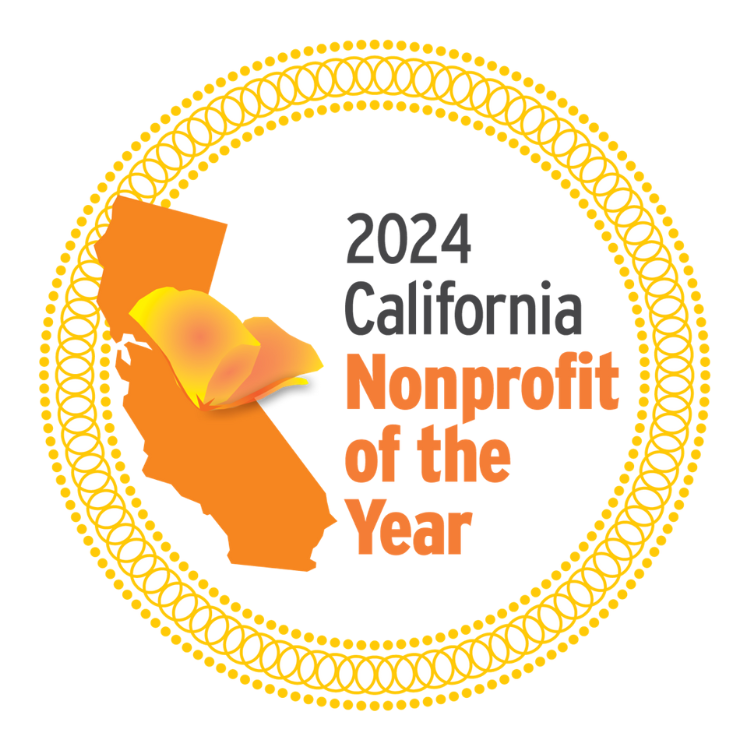Get Involved
February 2024 Update:
On Wednesday, February 14, the Fish & Game Commission held a meeting where they received 20 regulation change petitions from various organizations within the ocean community and passed them on to the Department of Fish & Wildlife for review and possible approval. OC Coastkeeper submitted one of these petitions with recommendations suggested by members of the Orange County Marine Protected Area Council. Click here to read our press release with more details.
The Marine Resources Committee will hear public comments on these petitions at the March 19 and July 18 meetings. These recommendations are all part of the Decadal Management Review’s adaptive management policy. Specific location and agenda details for both meetings will be announced here.
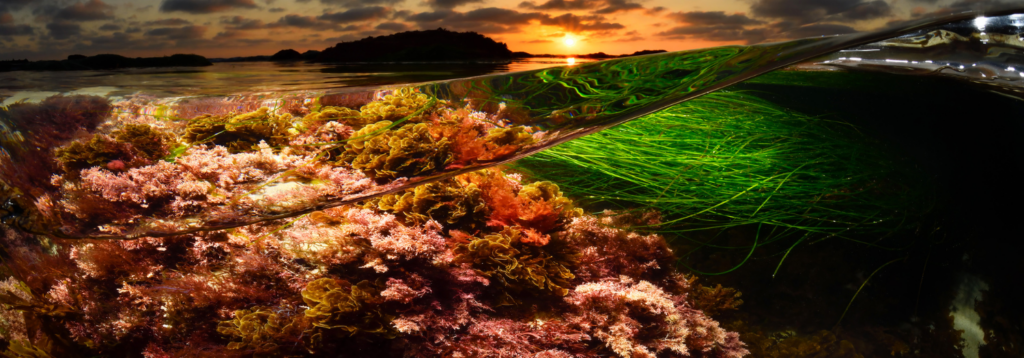
About Our MPAs
In 1999, California passed the Marine Life Protection Act. This law required the creation of a statewide network of Marine Protected Areas that would provide full ecosystem protection and be adaptively managed to provide resilient marine resources for future Californians. After years of work and input from thousands of people, including Coastkeeper, the Statewide MPA Network went into effect in 2012.
The California MPA Network includes MPAs with different levels of protection; some MPAs prohibit the disturbance of any marine resource, while others allow the take of particular species. In total, California has 124 MPAs. Orange County is home to 7 MPAs that cover approximately 12 miles of coastline. You can learn more about them here.
Scientific studies show that, given enough time, MPAs can increase the size, abundance, and diversity of marine species within and outside their borders. Those benefits are important to wider marine ecosystems and to the fishing communities who depend on them.
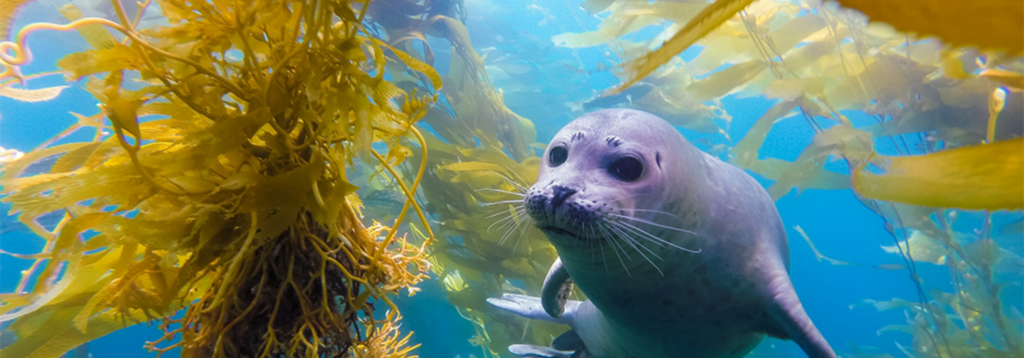
Ten Years Later
The California Department of Fish and Wildlife (CDFW) set a ten-year timeframe for the formal review of the effectiveness of this new network. Now, the state is facing its first “Marine Protected Area Network Decadal Management Review.”
CDFW published its 2022 report in January and presented it to California’s Fish and Game Commission (FGC), the primary decision-making authority for California’s MPA regulations.
You can see the report and associated information here.
Seeking Public Input
Since the report was published in 2022, California Fish & Game Commissioners have been hearing public comments on the report. In November, accepted petitions for regulation changes within the MPA Network.
The next opportunities for the public to participate are the Marine Resources Committee meetings taking place March 19th in San Clemente, and on July 18th in Santa Rosa, California. Comments can be made online or in person. At this meeting, the Fish and Game Commissioners will listen to public comments and recommendations related to the pending petitions.
We urge you to advocate for our coast by letting these agencies know your thoughts on Marine Protected Areas! Your voice has the potential to help our MPAs! To submit a written comment or to speak during this upcoming meeting, follow the instructions here.
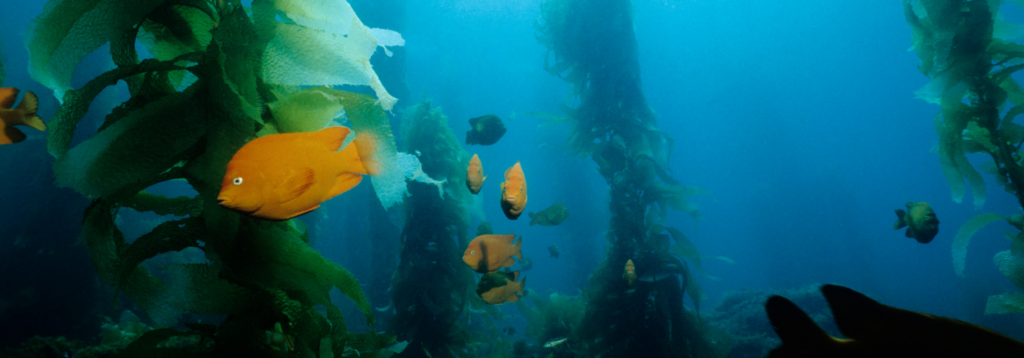
Coastkeeper and MPAs
Coastkeeper played an active role in forming and researching Marine Protected Areas for over 15 years. Since the implementation of the network in 2012, Coastkeeper has been the official Orange County partner for MPA Watch, a statewide community science project analyzing human use data in and around Marine Protected Areas. See the recently released 2023 MPA Watch Annual Report here.


